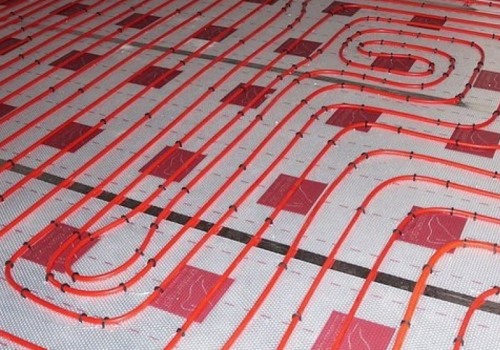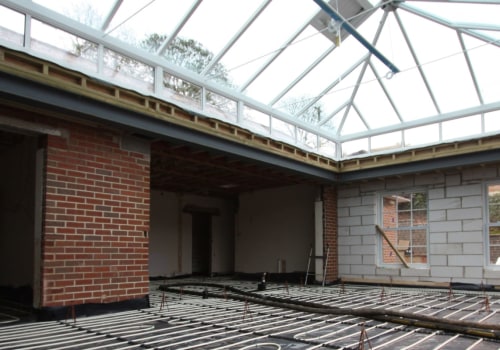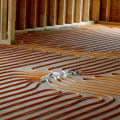For an efficient system and fast response times, set the underfloor heating temperature to 16°C during periods of inactivity. This will result in a faster warm-up time, since the heating system needs to supply less energy. Select a programmable thermostat not only for efficiency reasons, but also to avoid the headache of returning to a completely cold house from top to bottom. Programmable thermostats can be configured to perform predetermined tasks at specific times each day, so you can tell your floors to start warming up an hour before you return home from work, for example.
There are many programmable thermostats that can also be controlled remotely via applications directly from your smartphone or tablet, offering greater flexibility if you arrive late or manage to descend early. If you find that your house is a little cold when you enter, you might instinctively think about going from 0 to 100 on your heat dial. It is better to resist this temptation, because rolling the thermostat to the top will not increase the rate at which the room will heat up. Instead, gradually increase heat production over time to save on energy expenditure without any real benefit.
The type of soil used on your property also plays an important role in this process. Solid floors are usually the best option: stone, ceramic, porcelain, terracotta and slate. They are guaranteed to provide good heat output. Underfloor heating (UFH) is an increasingly popular way to heat a home, and it's not difficult to understand why.
Therefore, surface-mounted underfloor heating features a very easy to install system that does not change the floor too drastically. Don't skimp on insulation underneath your system, or the heat will radiate down and be less efficient. But if you are considering installing underfloor heating in your home, it is vital to know if it is a suitable option for your particular property. When correctly specified and installed inside a well-insulated dwelling, underfloor heating is one of the most efficient ways to heat a building.
Underfloor heating is brilliant when it comes to heating the entire room evenly, but the whole room takes a little longer to warm up. Although the two main types of underfloor heating are wet and electric, alternative wet systems are offered. Custom projects that are built from scratch seem to represent the ideal foundation for installing a wet underfloor heating system. Actually, the following tips on how to use underfloor heating in the most efficient way will only apply to wet radiant heating installations.
If you are reluctant to raise the floor levels of your property, electric underfloor heating systems are an excellent alternative. When you are standing next to the kitchen, you should be able to do so without underfloor heating becoming unbearable. At a minimum, you will need to prime the floor and lay decent insulation on the tiles in the quarry for the electric underfloor heating to work properly. The costs will depend on the type of underfloor heating you select, and you should be aware that the installation of electrical systems is much cheaper in areas up to 20 square meters.
Regardless of the type of system you choose, there are some key differences between underfloor heating and radiators. Electric underfloor heating systems can be easily installed by a competent do-it-yourself hobbyist, although most projects are still completed by a contractor, such as a tiler or an electrician. .











